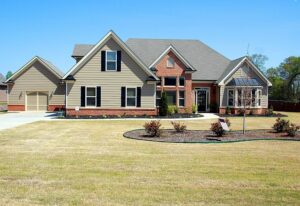Commercial property insurance, including Property and Casualty coverage for buildings, offers vital protection against diverse business risks from natural disasters to man-made incidents. Policies cover building structure, contents, liability claims, medical expenses, legal fees, and business interruption, ensuring continuity and stability. Accurate risk assessment, tailored policies, regular reviews are essential to avoid underinsurance and gaps in coverage.
In today’s competitive business landscape, securing comprehensive property insurance is not a luxury but an indispensable strategy. This article guides you through the intricacies of Property and Casualty Insurance for Commercial Buildings. From grasping the fundamentals of commercial property coverage to navigating legal liability and natural disasters, we demystify key aspects. Learn why casualty coverage is vital, what risks are insured, common mistakes to avoid, and why regular policy reviews are essential. By the end, you’ll be equipped with knowledge to protect your investment.
Understanding Commercial Property Insurance Basics
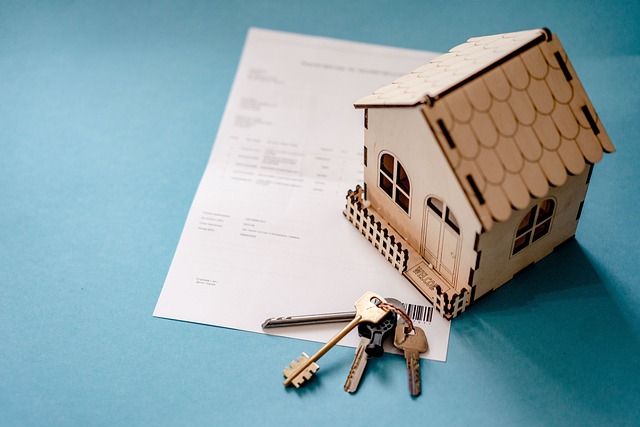
Commercial property insurance, a crucial component of risk management for business owners, is designed to safeguard assets within buildings used for commercial purposes. This type of coverage, often referred to as Property and Casualty Insurance for Commercial Buildings, protects against financial losses stemming from various risks specific to commercial environments. These risks can include natural disasters like fires, storms, or floods, as well as man-made incidents such as theft, vandalism, or civil unrest.
The basics of commercial property insurance involve understanding what’s covered. Policies typically encompass the physical structure of the building and its contents, offering compensation for repairs or replacements in the event of damage or loss. Additionally, many policies include liability coverage, shielding businesses from financial claims arising from accidents on their premises or harm caused by business operations to third parties. This comprehensive protection is vital for ensuring business continuity and financial stability.
Why Is Casualty Coverage Essential for Businesses?
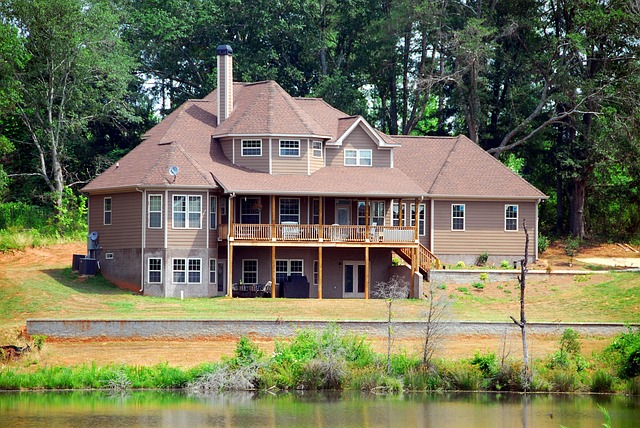
Business owners often overlook the significance of Property and Casualty Insurance for Commercial Buildings, a decision that can prove costly in the event of unforeseen circumstances. This type of insurance is essential as it provides financial protection against potential risks and losses that may arise from owning a commercial property. Casualty coverage, which includes liability and accident-related expenses, safeguards businesses from legal repercussions and financial strain resulting from accidents on their premises.
Whether it’s a slip and fall incident, damage caused by fire or natural disasters, or even personal injury claims, Property and Casualty Insurance ensures that businesses can cover medical expenses, legal fees, and potential settlements without facing bankruptcy. By investing in comprehensive casualty insurance, business owners demonstrate their commitment to protecting both their assets and the well-being of their customers and employees.
Protecting Your Building: Key Insured Risks

Protecting your commercial building is the cornerstone of any comprehensive risk management strategy, and property and casualty insurance plays a pivotal role in this regard. This type of insurance is designed to safeguard your investment against a range of potential perils that could threaten the integrity and value of your structure.
Key insured risks under Property and Casualty Insurance for Commercial Buildings include damage from fire, vandalism, theft, natural disasters like earthquakes or floods, and even civil unrest. These policies typically cover not just the physical building itself but also any assets within it, such as fixtures, equipment, and inventory. By insuring against these risks, business owners can secure financial protection, ensuring they can repair or replace damaged property and minimize downtime should an unforeseen event occur.
Business Interruption: What's Included and Excluded?
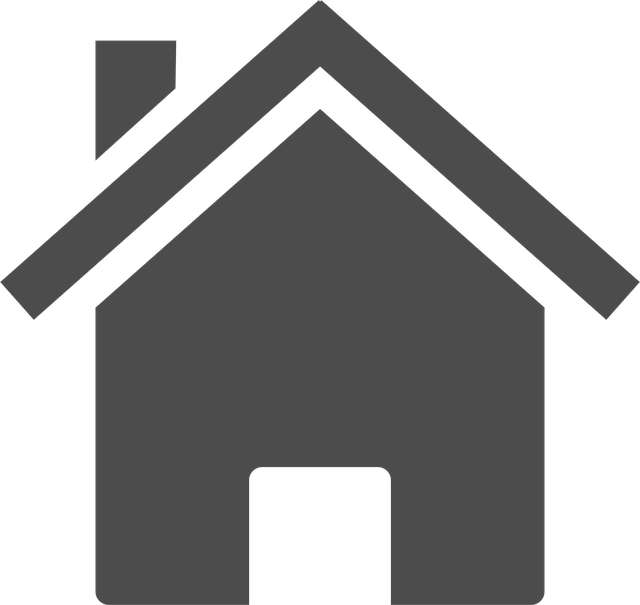
Business interruption is a critical component of property and casualty insurance for commercial buildings, offering protection against financial losses during unforeseen events. This coverage kicks in when a covered peril renders your business premises inaccessible or uninhabitable, disrupting normal operations. Such perils might include fires, storms, floods, or even civil unrest. During these interruptions, the policy can help with expenses like extra living costs for employees and continued business expenses like rent, utilities, and insurance premiums.
However, not all events are covered. Exclusions vary across policies but commonly include acts of war, terrorism, or natural disasters that cause widespread damage. Also, businesses must take reasonable steps to protect their property and minimize losses before and during a covered event. Understanding these inclusions and exclusions is vital for business owners as it ensures they have adequate protection for their commercial buildings and operations.
Natural Disasters: Ensuring Comprehensive Coverage

When it comes to safeguarding your commercial property, natural disasters pose a significant threat that cannot be overlooked. Comprehensive Property and Casualty Insurance is essential to protect against unforeseen events like floods, earthquakes, hurricanes, and wildfires, which can cause substantial damage to structures and businesses. This type of insurance provides financial relief by covering the cost of repairs or rebuilding efforts after such catastrophic events.
A robust policy should include specific coverage for these perils, ensuring that your commercial building and its contents are adequately secured. By investing in adequate Property and Casualty Insurance, business owners can have peace of mind, knowing they are prepared to face the financial challenges that often accompany natural disasters.
Legal Liability: Safeguarding Against Lawsuits

Property and Casualty Insurance for Commercial Buildings includes critical protection against legal liabilities, safeguarding business owners from potential lawsuits. These policies cover damages caused to third parties on your premises, such as injuries or property damage. For instance, if a visitor slips and falls on your commercial property, this insurance can help pay for their medical expenses and any legal fees that may arise.
By purchasing comprehensive Property and Casualty Insurance, business owners can mitigate the financial risks associated with lawsuits and settle claims promptly. This coverage ensures that operations can continue uninterrupted, providing peace of mind in an unpredictable world.
Commercial Property Values: How Insurance Adjusts

Commercial property values are dynamic, subject to market fluctuations and various economic factors. When it comes to insurance, adjusting these values is crucial for both insurers and policyholders. Property and casualty insurance for commercial buildings involves a meticulous process to accurately assess and price coverage based on current market conditions.
Insurance adjusters consider factors such as location, building age, construction materials, recent renovations, and local real estate trends. They conduct thorough inspections and analyses to determine the replacement cost of the property, which is a key element in pricing commercial property insurance. This ensures that policyholders receive adequate coverage while insurers manage risk effectively.
Common Mistakes to Avoid in Policy Selection

When selecting a policy for your commercial property, it’s crucial to avoid common pitfalls that can leave you underinsured or with unexpected gaps in coverage. One major mistake is assuming one-size-fits-all policies; every business has unique risks, from natural disasters specific to their location to specialized equipment requiring special consideration. Always conduct a thorough risk assessment and consult experts to tailor your policy to these specific needs.
Another error is neglecting to read the fine print and understand the policy’s language. Property and Casualty Insurance for Commercial Buildings should clearly define covered perils, limits of liability, deductibles, and exclusions. Make sure you know what’s included and excluded from coverage to avoid surprises when making claims. Insufficient insurance or poorly worded policies can leave your business vulnerable during an already stressful event.
Staying Aware: Regularly Reviewing Your Policy
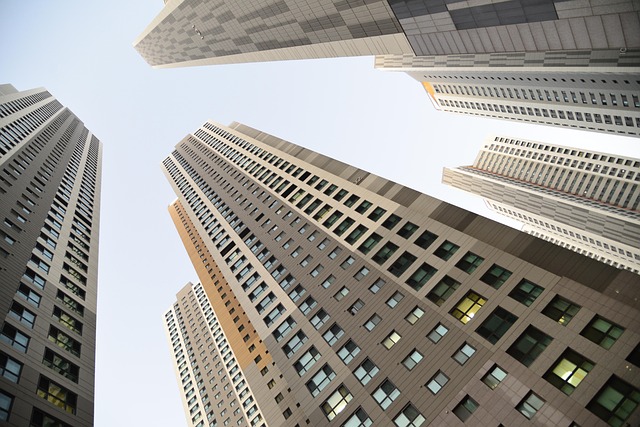
Regularly reviewing your property insurance policy is a crucial step in ensuring adequate protection for your commercial buildings. The real estate market and related risks evolve over time, making it essential to update your coverage accordingly. For instance, new construction techniques or changes in local zoning laws might impact the value of your property, which could affect your insurance needs. By staying informed, you can avoid gaps in coverage that may leave your business vulnerable during unexpected events like natural disasters or property damage.
Moreover, reviewing your policy allows you to make necessary adjustments based on the unique risks associated with your commercial building. This might involve adding specialized coverages for specific assets, such as valuable equipment or art collections. Regular policy assessments enable you to have peace of mind, knowing that your Property and Casualty Insurance for Commercial Buildings is tailored to meet current needs, providing comprehensive protection against potential losses.
